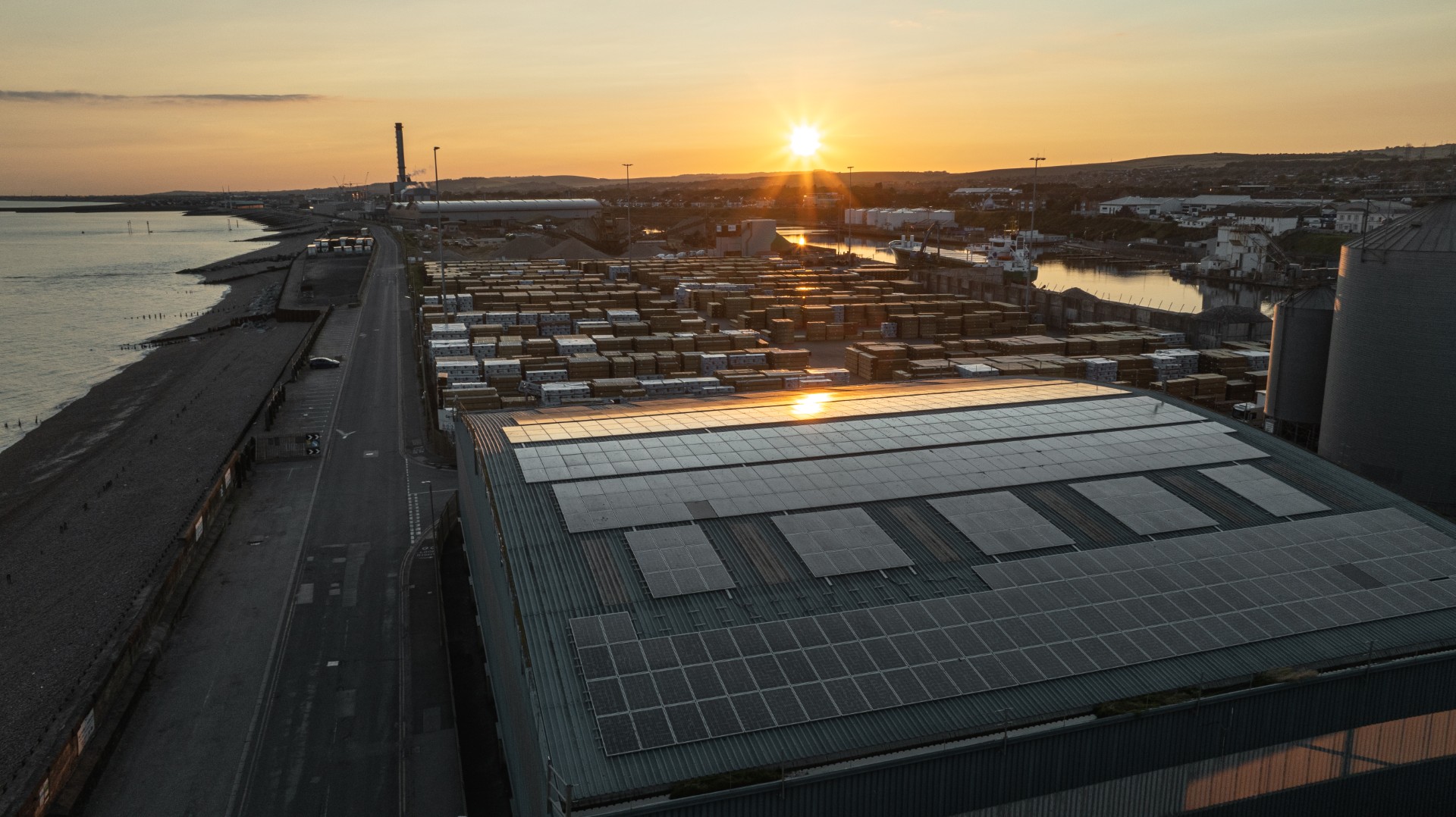Smart Battery Storage: The Key to Sustainable Port Electrification
By Alanna Loder-Symonds, Director EQONIC Sustainability
In an era where governments, industry regulations and consumers demand environmental sustainability ports worldwide face mounting pressure to reduce their carbon footprint. One of the most significant challenges? The enormous emissions generated by vessels at berth, due to lighting, heating, aircon and pumping systems. Enter dockside electrification, backed by innovative battery storage solutions – a game-changing approach that's transforming how ports operate and is helping maritime businesses navigate towards a greener future.
Dockside electrification enables docked vessels to plug into the port's electrical grid rather than running their auxiliary engines. However, the traditional dockside electrification model faces significant challenges, particularly when multiple vessels require high-power connections simultaneously. This is where advanced energy storage systems (ESS) are revolutionising port operations.
Currently, large vessels often consume substantial amounts of marine fuel whilst docked, with some estimates suggesting that a single large container ship can burn through up to 10 tonnes of fuel daily when running auxiliary engines at berth. Indeed over 6% of EU maritime emissions relate to ships running on fossil fuels at port. Ships also emit sulphur oxides, nitrogen oxides and particulate matter at ports. This not only contributes to greenhouse gas emissions but also affects local air quality and has significant impacts on human health.
Modern energy storage solutions are providing ports with a practical pathway to sustainability. These intelligent systems enable ports to generate and store renewable energy on-site, creating a reliable power supply for docked vessels while significantly reducing emissions.
Container-based systems can also be strategically positioned throughout the port, creating a mobile and adaptable power network. This flexibility is crucial for ports dealing with varying vessel sizes and power requirements, with systems charged using renewable energy sources such as solar panels and wind farms.
At EQONIC we understand that the transition to dockside clean energy can seem daunting. That's why we offer end-to-end support – from initial design and installation to financing options and ongoing maintenance – making sustainability accessible and manageable for ports of all sizes. This comprehensive approach helps ports comply with increasingly stringent environmental regulations while supporting their journey towards carbon neutrality.
With major EU ports committing to berth electrification deployment by 2030 and the UK Emissions Trading System including emissions from vessels at birth from 2026, the maritime industry is at a crucial turning point. Advanced battery storage solutions are particularly relevant for cruise and container vessels, which are primary targets for upcoming regulations.
The message is clear: sustainable portside power, supported by advanced battery storage, isn't just an environmental necessity – it's a strategic investment in the future of maritime operations. As ports worldwide race to meet their 2050 carbon neutrality targets, innovative energy storage solutions are providing a vital bridge between today's challenges and tomorrow's sustainable port operations.

